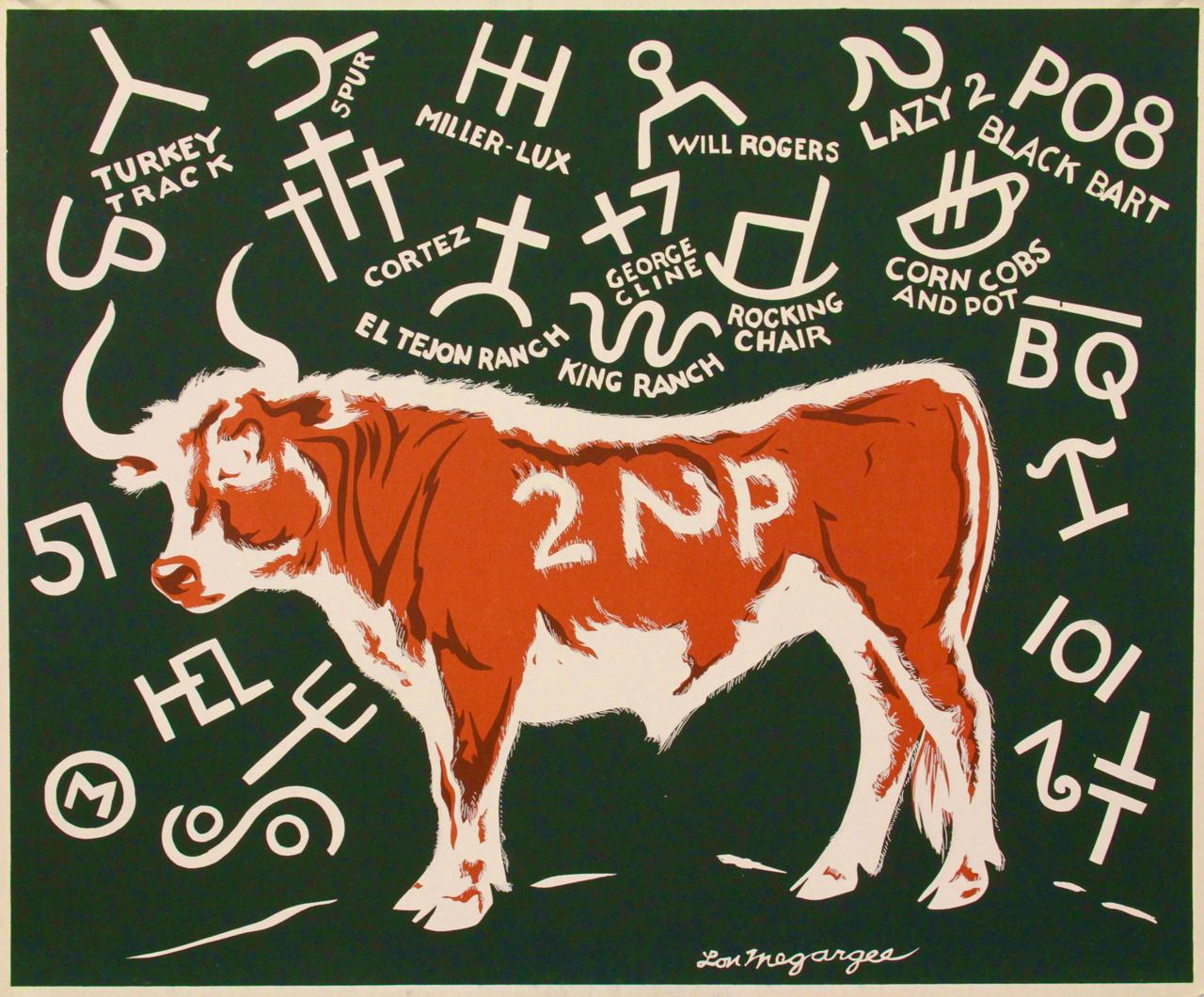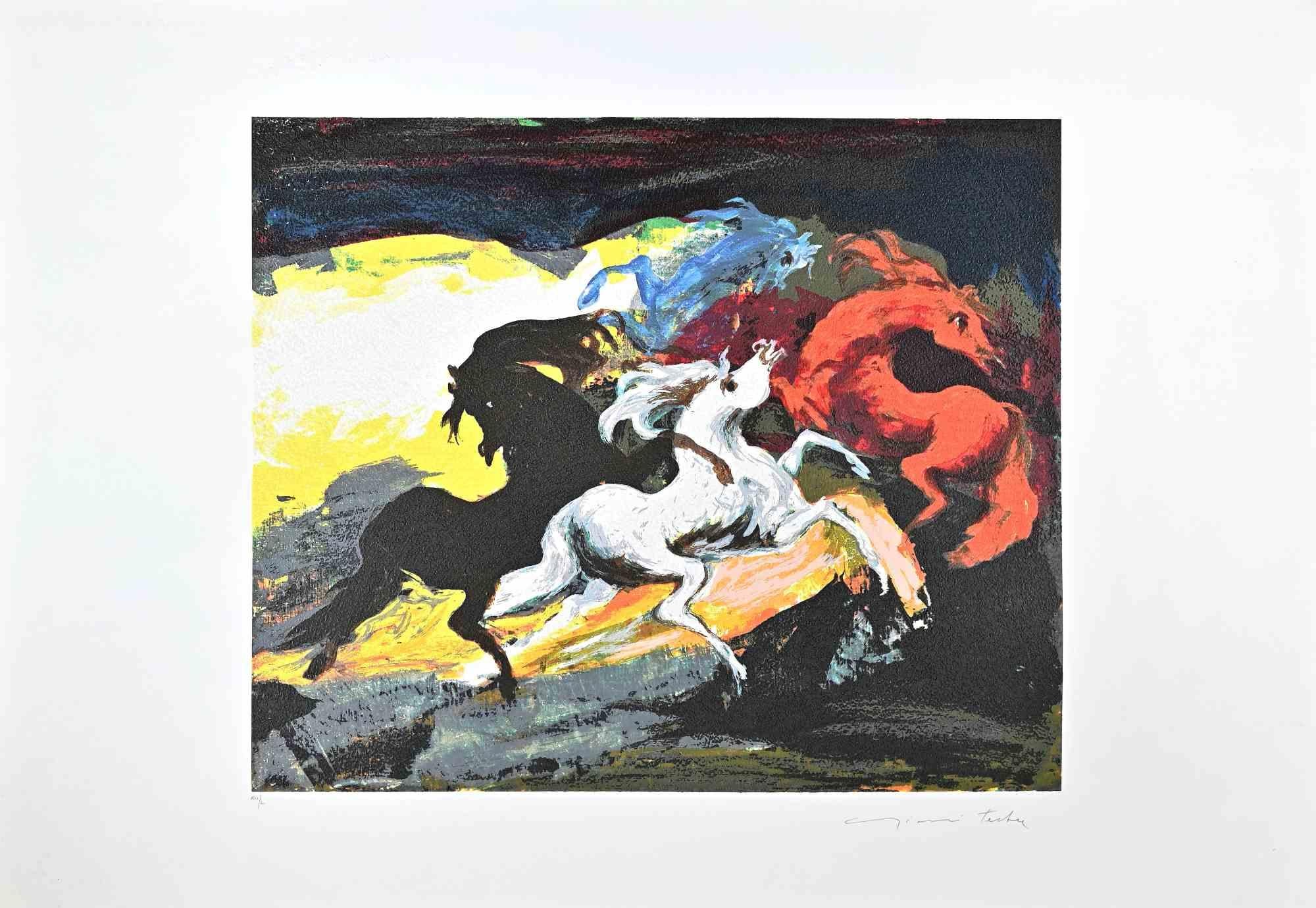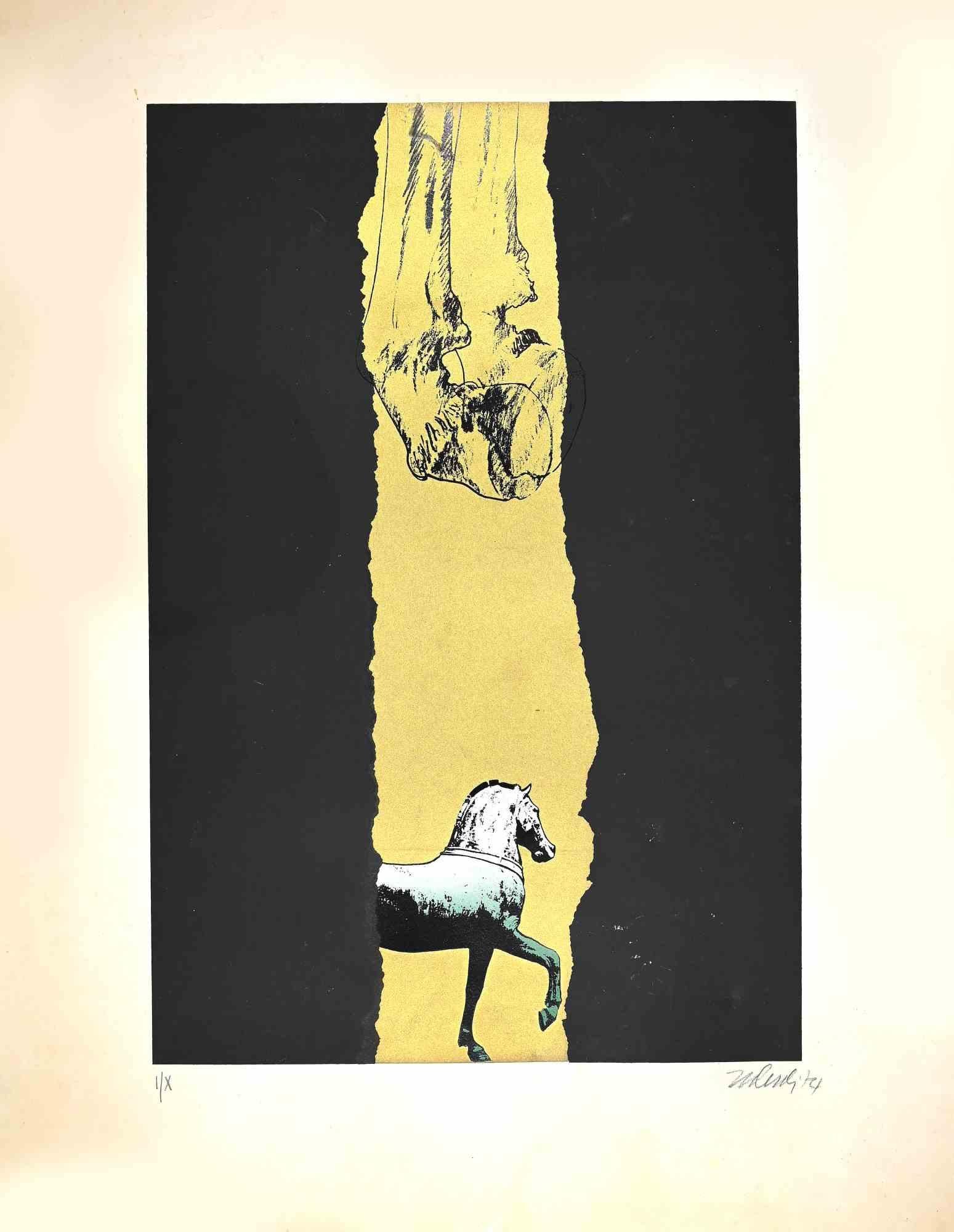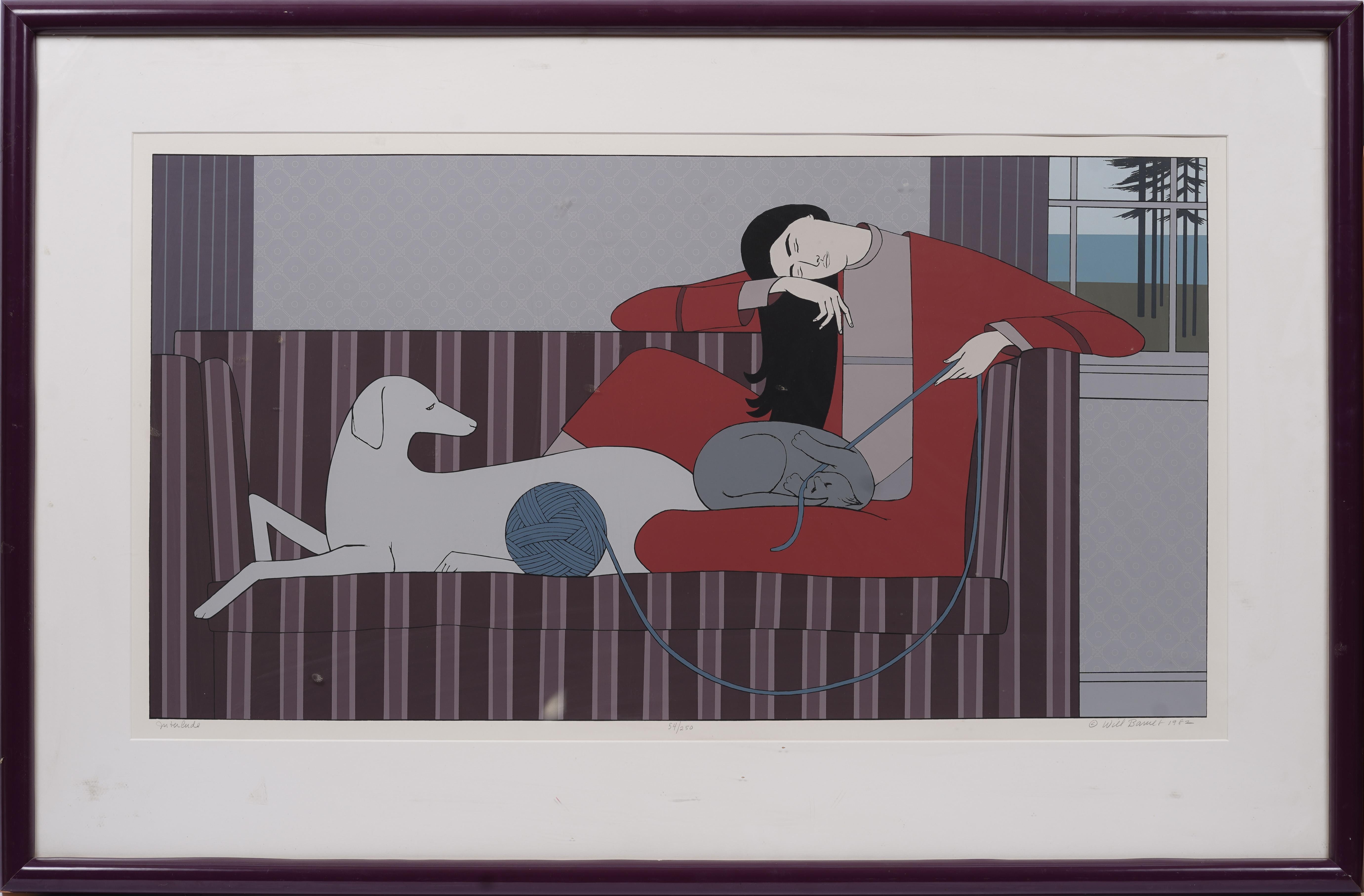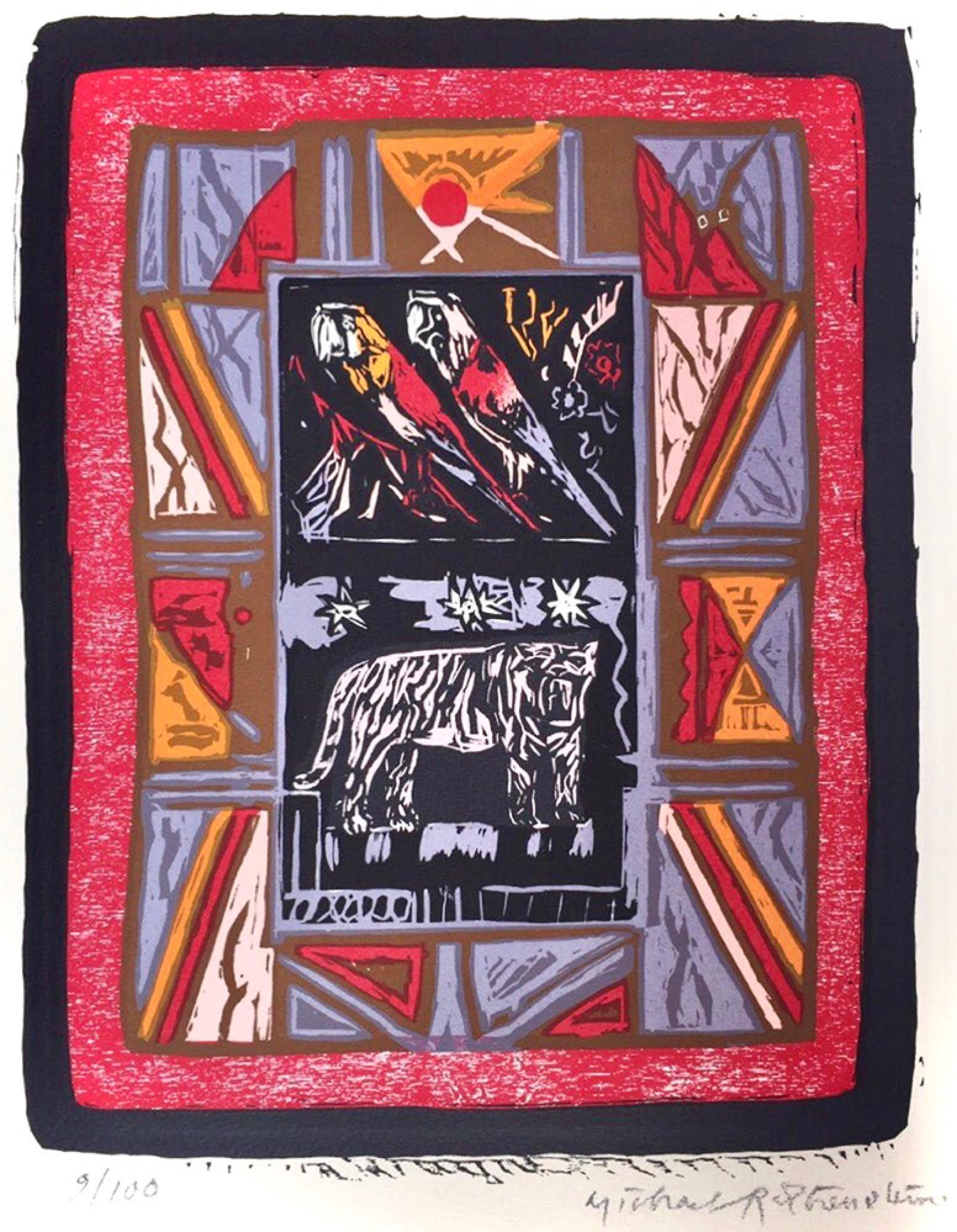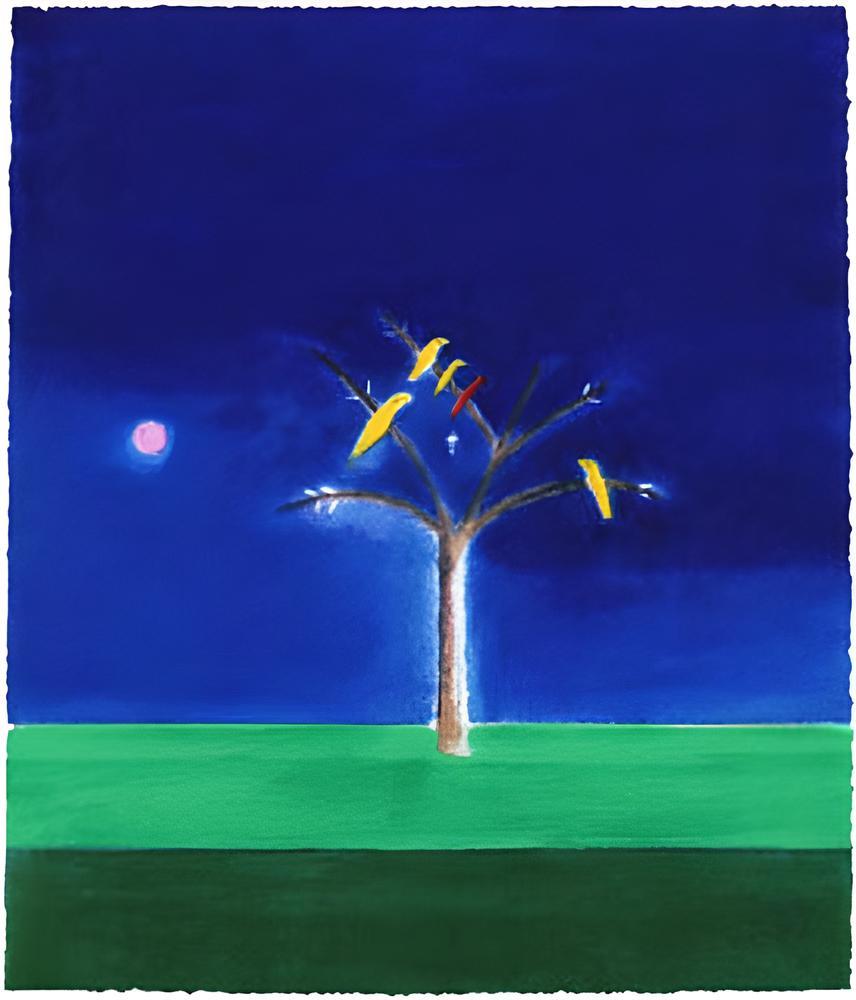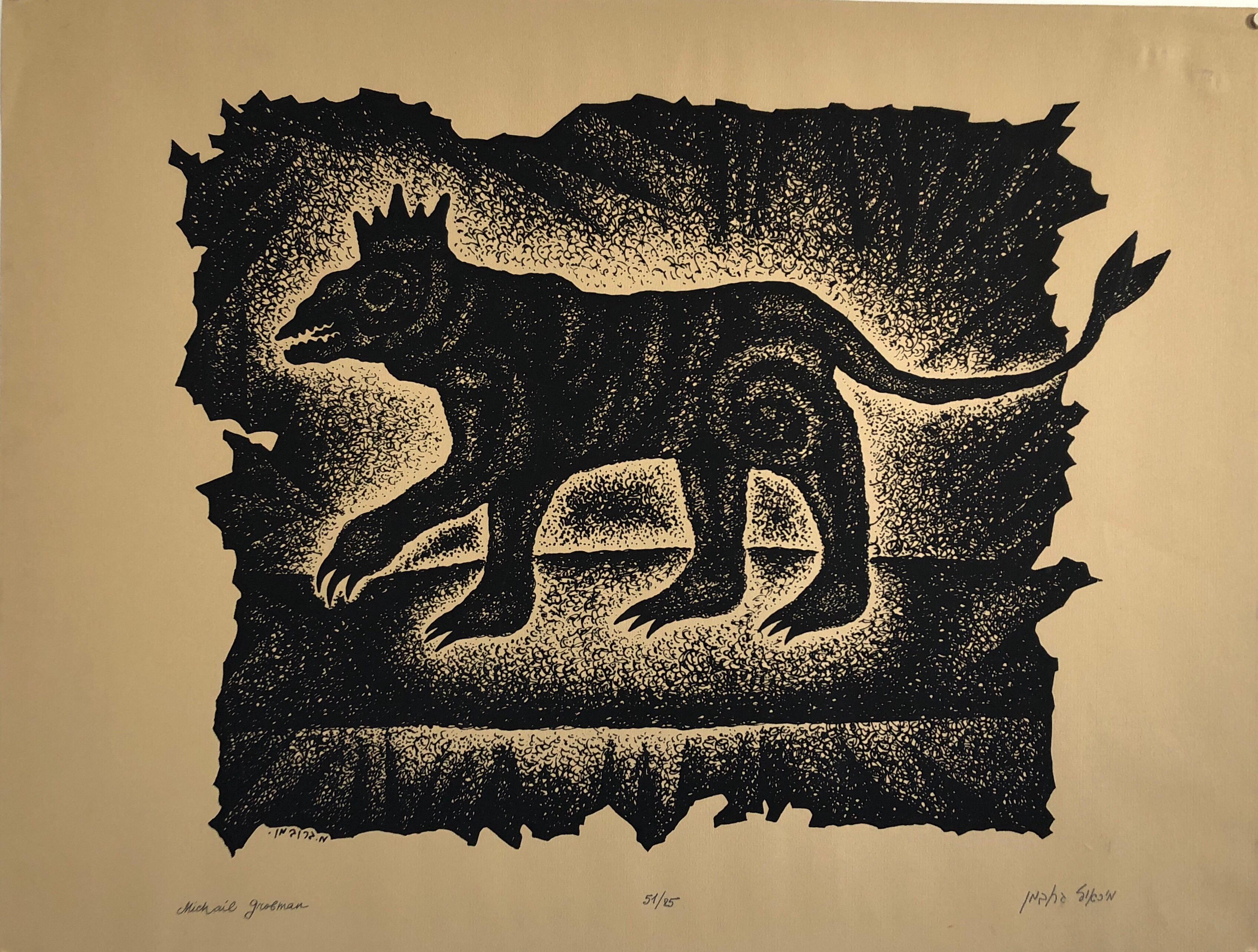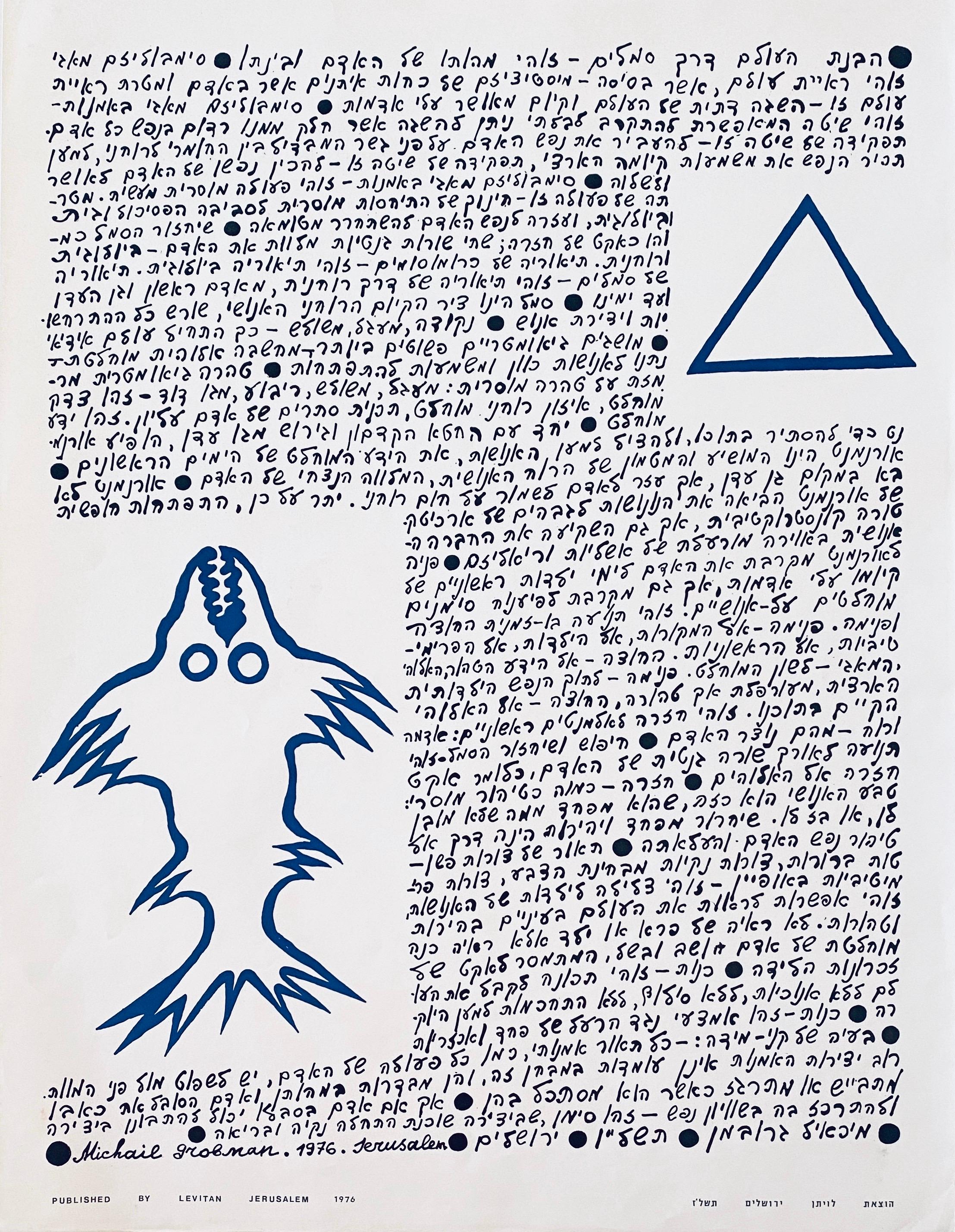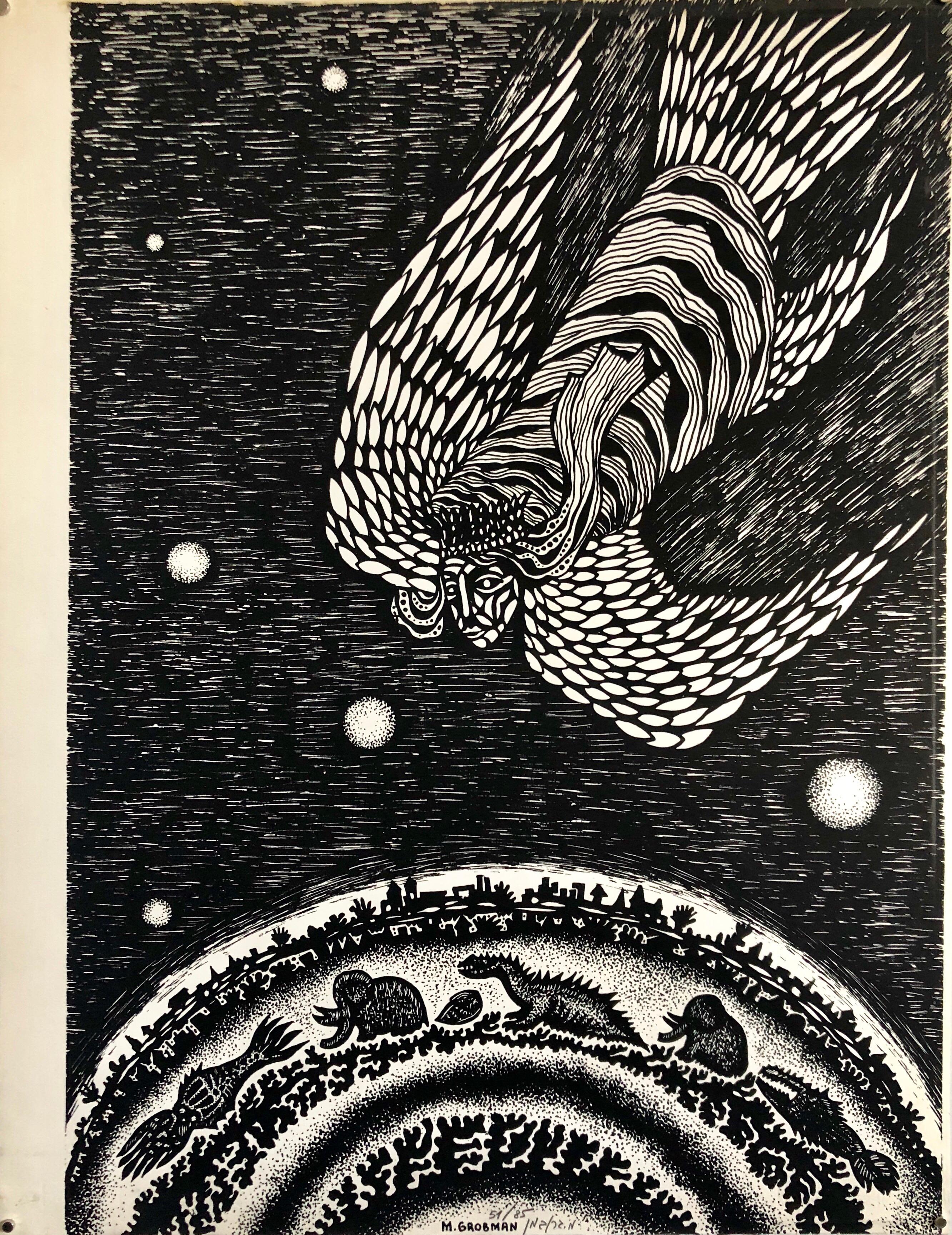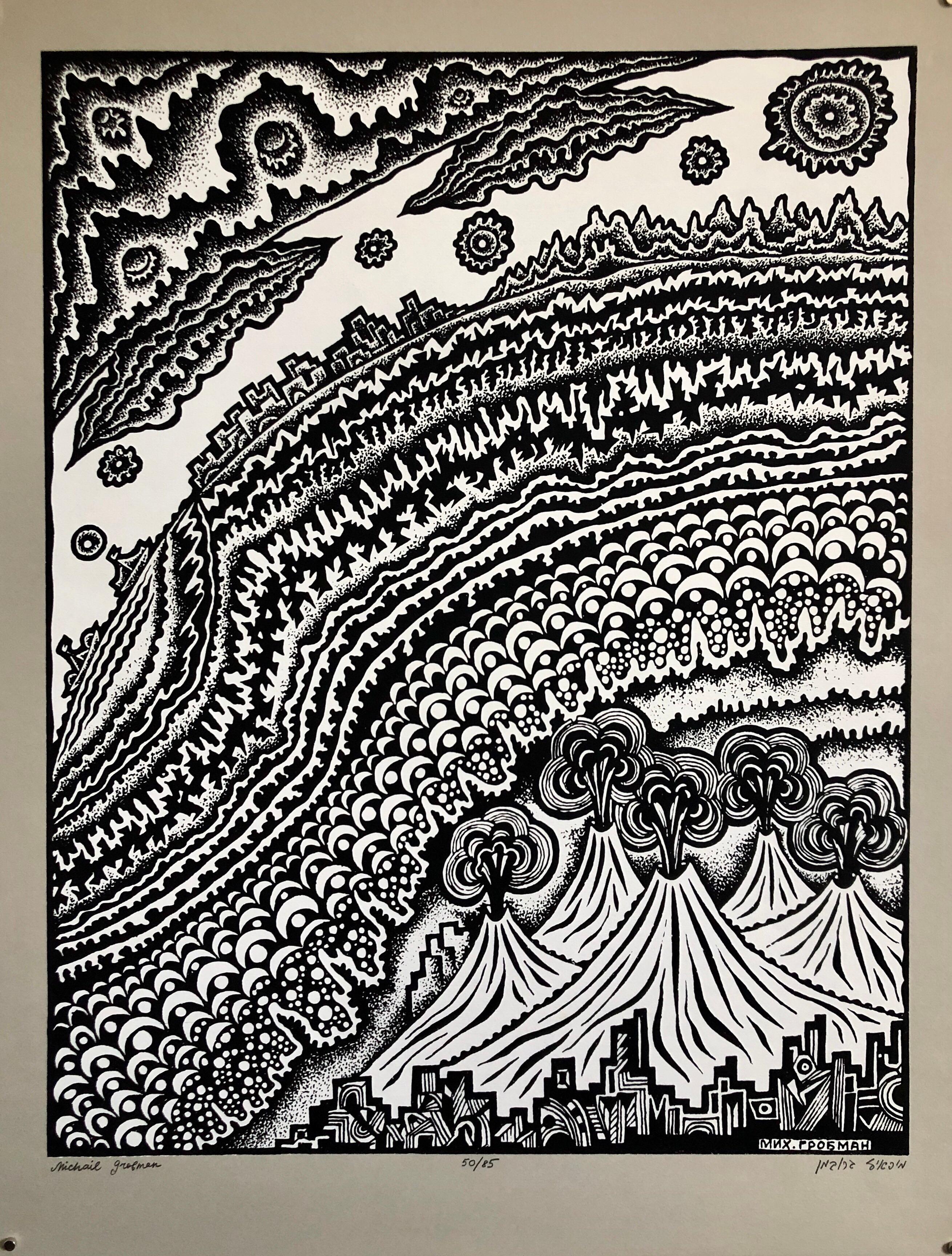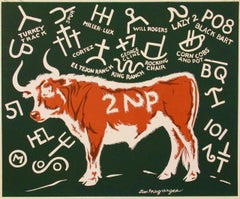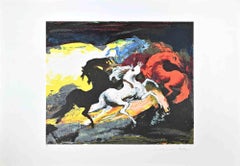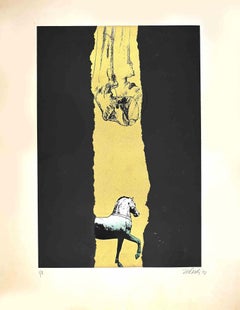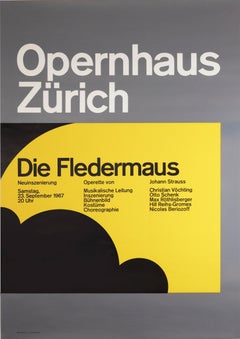
"Opernhaus Zurich - Die Fledermaus (The Bat)" Opera Original Vintage Poster
View Similar Items
1 of 3
Josef Müller-Brockmann"Opernhaus Zurich - Die Fledermaus (The Bat)" Opera Original Vintage Poster1966 ca.
1966 ca.
$750List Price
About the Item
- Creator:Josef Müller-Brockmann (1914 - 1996)
- Creation Year:1966 ca.
- Dimensions:Height: 50.38 in (127.97 cm)Width: 35.5 in (90.17 cm)
- Medium:
- Movement & Style:
- Period:
- Condition:Excellent condition original vintage poster.
- Gallery Location:Boston, MA
- Reference Number:Seller: SWL066531stDibs: LU133229100252
Authenticity Guarantee
In the unlikely event there’s an issue with an item’s authenticity, contact us within 1 year for a full refund. DetailsMoney-Back Guarantee
If your item is not as described, is damaged in transit, or does not arrive, contact us within 7 days for a full refund. Details24-Hour Cancellation
You have a 24-hour grace period in which to reconsider your purchase, with no questions asked.Vetted Professional Sellers
Our world-class sellers must adhere to strict standards for service and quality, maintaining the integrity of our listings.Price-Match Guarantee
If you find that a seller listed the same item for a lower price elsewhere, we’ll match it.Trusted Global Delivery
Our best-in-class carrier network provides specialized shipping options worldwide, including custom delivery.You May Also Like
Jaguar Family
By LeRoy Neiman
Located in San Francisco, CA
This artwork titled "Jaguar Family" 1980 is an original color serigraph on paper by noted American artist Leroy Neiman, 1921-2012. It is hand signed and numbered 157/300 in pencil by...
Category
21st Century and Contemporary American Modern Animal Prints
Materials
Screen
Price Upon Request
2 Lazy 2 P
Located in Phoenix, AZ
2 Lazy 2P, ca. 1939
Lon Megargee
Serigraph
20 x 24 inches
Signed in screen
Original serigraph print by Lon Megargee 1883 - 1960
Featured in "Hot Irons" by Oren Arnold and John Hale, 1940
SHIPPING CHARGES INCLUDE SHIPPING, PACKAGING & INSURANCE
Lon Megargee created this serigraph from his commission with Oren Arnold and John Hale to do their dust jacket for the book, " Hot Irons", 1940. Arnold and Hale wanted to establish a reference work, an "authority", with a entertaining history about the evolution of the brand. Megargee created a painting of a steer that was branded with the script, 2 Lazy 2 P. Surrounding the steer is a random display of famous brands of ranches in the Southwest. It was well received and must have prompted Megargee to create the likeness as a print.
The brand is described in chapter thirteen, page 207-208 and says, " Ed Stram, who was Arizona state veterinarian for sixteen years, fire-branded his cattle with this peculiar crest. It isn't peculiar unless you have an equally peculiar sense of humor. At a glance it appears to be just another typically unimaginative brand, but it has been used to make many a thousand girls blush, and a few thousand bashful young men as well".
COLLIER GALLERY, FINE ART ESTATE OF LON MEGARGEE
Born and raised in Philadelphia, Pennsylvania, Lon Megargee, at age 13, ran away from his upper class home and went West in 1896 led by his zest for the wild and adventuresome life. There he established a reputation as a cowboy painter and illustrator with work most associated with Arizona Brewing Company ads featuring humorous aspects of cowboy life.
In his youth, he worked as a free-lance cowboy, exhibition roper, poker dealer, and bronco buster in Arizona, and then went east again to study art in Philadelphia at the Pennsylvania Academy of Fine Arts, and to New York at the Art Students League and Pratt Institute.
He returned to Arizona, living in Cave Creek, Salt River Canyon, Phoenix and the last years of his life near Sedona. His Phoenix home later became a popular hotel and dining place called the Hermosa Inn.
Megargee was a ranch owner and also did oil canvases of the places he loved and the cowboy life he admired. By 1910, he was among the earliest resident artists, and was probably the best known artist in Arizona. His name was first associated with a landscape series of 15 large murals for the Capitol Building, newly constructed just after Arizona became a state in 1912. Another one of his paintings, Elemental, was the first painting by an artist living in Arizona to be acquired for the Municipal Collection of Phoenix. These works were chosen from entries in the State Fair, where he continued to win prizes for figure and landscape painting.
From 1911 to 1953, he did numerous commission works for the Santa Fe Railroad, including a work titledNavajos Watching a Santa Fe Train. Between 1915 and 1930, he also painted in the Los Angeles area of California and had entries in the California State Fair. He died in Cottonwood, Arizona. After his death, theSaturday Evening Post had a double-page reproduction of his painting Cowboy's Dream.
Creator of the iconic logo for the Stetson Hat Company, " Last Drop From his Stetson", still in use today.
Fine Art Estate of Lon Megargee
We offer signed in print and original signature block prints. Custom, hand carved, signature frames, with archival standards and a speciality in hand dyed mats and french matting are provided for a beautiful and timeless presentation.
Megargee explored different mediums; printmaking captivated him in particular. The contrast of the black and white block print method captured perfectly his interpretation of a bold American West. The first print was produced around 1921 and culminated with the creation of “The Cowboy Builds a Loop” in 1933 with 28 images and poetry by his friend, Roy George. Megargee continued producing prints throughout the 1940s and early 50s.
At age 13, Lon Megargee came to Phoenix in 1896 following the death of his father in Philadelphia. For several years he resided with relatives while working at an uncle’s dairy farm and at odd jobs. He returned to Philadelphia in 1898 – 1899 in order to attend drawing classes at the Pennsylvania Academy of the Fine Arts. Back in Phoenix in 1899, he decided at the age of 16 to try to make his living as a cowboy. Lon moved to the cow country of Wickenburg where he was hired by Tex Singleton’s Bull Ranch. He later joined the Three Bar Ranch . . . and, after a few years, was offered a job by Billy Cook...
Category
1930s American Modern Animal Prints
Materials
Screen
The Sorrel - Original Screen Print by Gianni Testa - 1986
By Gianni Testa
Located in Roma, IT
The Sorrel is an original print realized by the Italian artist Gianni Testa in 1986.
Original mixed colored screen print.
Hand-signed by the artist on the lower left. Numbered on...
Category
1980s Modern Figurative Prints
Materials
Screen
The Horse - Screen Print - 1974
Located in Roma, IT
The Horse is an original Screen Print, realized by an unknown artist in 1974.
The status of preservation Good.
The artwork is depicted skillfully through confident and strong lines...
Category
1970s Modern Animal Prints
Materials
Screen
"Elephant Family" Large original serigraph.
By LeRoy Neiman
Located in San Francisco, CA
This artwork titled "Elephant Family" 1983 is an original large color serigraph on paper by noted American artist Leroy Neiman, 1921-2012. It is hand signed and numbered 63/300 in pe...
Category
Late 20th Century American Modern Animal Prints
Materials
Screen
Antique American Modernist Portrait Signed Limited Edition Serigraph Interlude
By Will Barnet
Located in Buffalo, NY
Vintage American modernist interior scene by Will Barnet. Titled "Interlude". Signed and numbered limited edition from 1982.
Category
1980s Modern Interior Prints
Materials
Screen
$1,580 Sale Price
20% Off
Recently Viewed
View AllMore Ways To Browse
Vintage Typographic Poster
Johann Strauss
Josef Muller Brockmann
Poster Vintage Suisse
Raimondi Giuseppe
Tiffany Etching
Turkey Poster
Vintage Sunflower Prints
Christo Fabric
Clown Vintage Poster
George H W Bush
Georges Rouault Aquatint
Goya Engraving
Kaws Bearbrick
Keith Haring Baby
Picasso Dove Lithograph
Picasso Fleurs
Picasso Paysage
